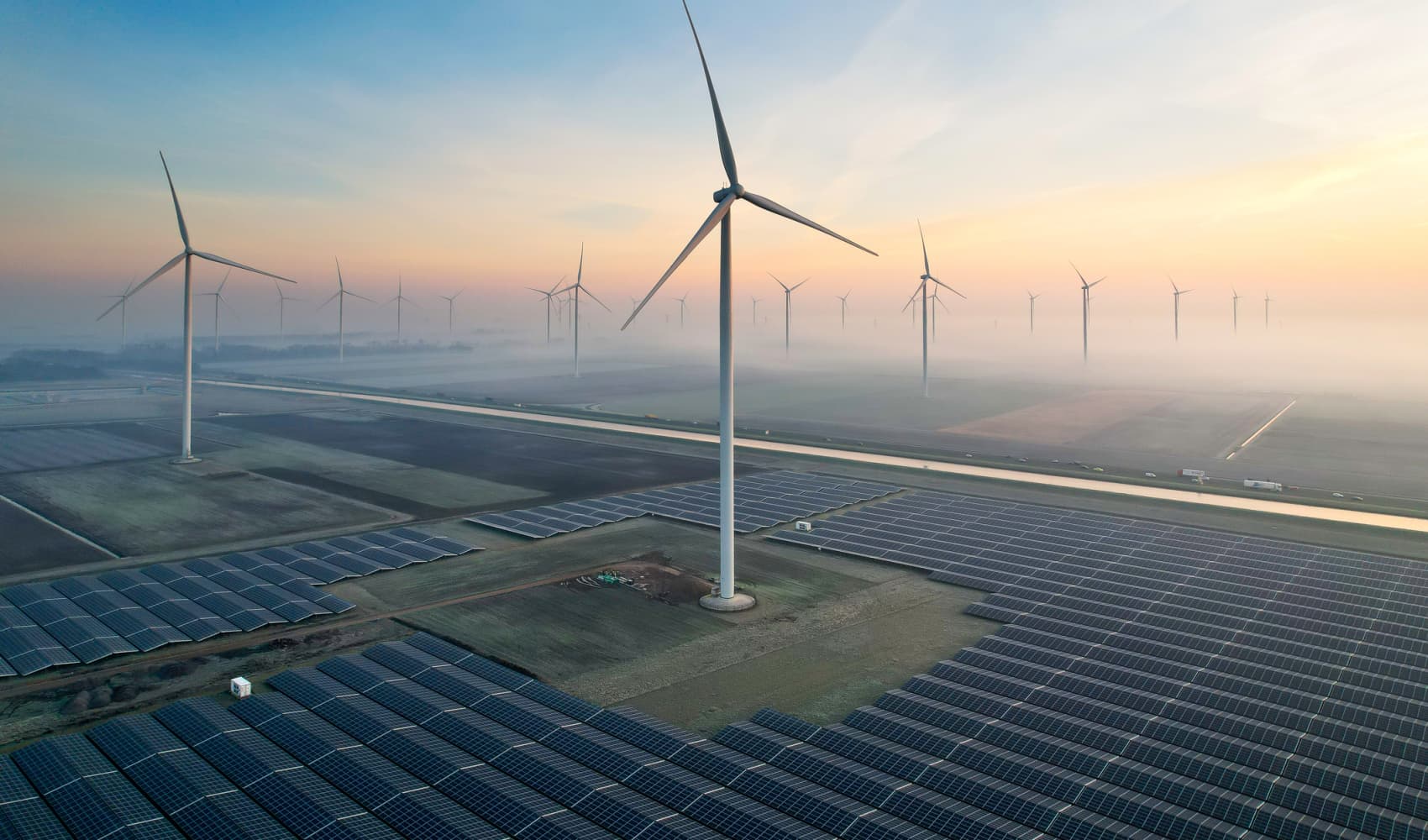
- The Covid-19 pandemic deepened the divide between haves and have-nots in the U.S.
- A new survey shows that the savings gap between low- and high-income Americans has also gotten bigger.
- However, any legislation aimed at alleviating Americans' burdens could complicate already high inflation.
The Covid-19 pandemic exacerbated many differences between haves and have-nots in the U.S.
Now, a new survey shows that it also made the savings gap more pronounced between those groups.
Of those with incomes less than $50,000, 36% say they now have less savings than before the pandemic, versus 13% who say they have more, according to findings from the national coalition Funding Our Future and payment technology company DailyPay.
Get Boston local news, weather forecasts, lifestyle and entertainment stories to your inbox. Sign up for NBC Boston’s newsletters.
For those with incomes of $100,000 or more, 41% say they now have more money set aside, versus 20% who have less.
More from Personal Finance:
The December child tax credit payment may be the last
Inflation is hitting the 3 big areas of household budgets
Why unemployment claims are at their lowest in decades
In fact, 58% of Americans say they are anxious about their current financial situation, the poll found. That was most prevalent in younger Americans ages 18 to 34, with 71%; renters, 70%; and those with less than $50,000 in income, 67%.
Money Report
The online poll was taken between Nov. 30 and Dec. 2, coinciding with rising prices due to high inflation. The survey included 2,038 adults ages 18 and up.
The results come as Congress is poised to consider a new social spending package dubbed Build Back Better that aims to put more money into some Americans' pockets.
"The reality is that a lot of people are living on insufficient incomes or are unemployed and have precarious financial situations," said Shai Akabas, director of economic policy at the Bipartisan Policy Center, which works with the Funding Our Future coalition.
Women more likely to suffer financially
Nearly half of men — 48% — between ages 35 to 44 now have more saved than they did before the pandemic, the survey found. But just 20% of women in that same age cohort said the same.
Meanwhile, 55% of men in that age bracket had received a bonus in the past year compared to just 30% of their female peers.
About 44% of men ages 35 to 44 received a raise compared to 28% of women.
The results speak to a potential bonus and raise gap in addition to the gender wage gap, Akabas said, at a time when many women are challenged with choosing between work and child care.
Child tax credit a big help for minorities

When it comes to monthly child tax credit payments of up to $300 per child that started in July, 44% of white recipients said they put the extra cash toward savings. But that fell to 28% for Blacks and 24% for Hispanics.
"Particularly for households of color, a significant majority are putting the money in large part toward expenses they face on an everyday basis," Akabas said.
Another racial split was also revealed when workers were asked if they could benefit from being paid more frequently. While 59% of respondents overall agreed they would benefit, that was significantly higher for Black workers, with 74%, and Hispanics, 73%, compared to just 51% of white respondents.
"There's a real urgent need in many households of color for additional liquidity and more short-term resources to pay the bills," Akabas said.
DailyPay, one of the organizations behind the survey, is working to help employers provide early pay as a benefit to workers.
Could Build Back Better help?
"A lot of Americans find themselves on very shaky ground," Akabas said of the survey results.
"That speaks to, from a public policy perspective, needing to think about solutions that can help more of those people become financially secure," he said.
But whether those kind of efforts would be successful depend on how they would affect the already delicate U.S. economy.
Individuals and families are likely to see more financial help through the earned income tax credit and child tax credit when they file their tax returns in the spring.
If the Build Back Better proposal is passed, that could send additional monthly payments through the child tax credit to many Americans. Meanwhile, a retroactive implementation of changes to the state and local tax deduction would also be a windfall for some, Akabas said.
"With all of that pouring into American pockets in the first quarter of 2022 ... it could worsen the inflationary pressures on the demand side that are occurring right now," Akabas said.






